A fashion-loving duo in Aberdeen have gone viral with their free videos and resources designed to teach people to repair their own clothing — and help save the planet, and money, while doing it.
Ros Studd and Elahe Alavi launched their Repair What You Wear website at the start of lockdown in March 2020 to provide an easily-accessible place where anyone can learn core sewing and mending skills.
The pair’s project is aimed not just at giving people practical lessons in basic upkeep of their clothing, but also to encourage them to learn more about the devastating impact the global fashion industry has on climate change.
In the two and a half years it’s been running, the Repair What You Wear initiative has helped hundreds of thousands of people all across the world to keep their clothes in tip top condition through Youtube videos, free PDFs and learning resources.
Their most popular video, on how to mend a tear in jeans by hand, has racked up an incredible 537,000 views.
Here are the top clothing rips, tears and more the Repair What You Wear women have helped people with
Ros, who has a background as a textiles specialist, first teamed up with Elahe, a freelance graphics and website designer, because Elahe was taking night classes in fashion textiles Ros was teaching at Gray’s School of Art.
Since Repair What You Wear was established, the two industrious women have put together dozens of videos and guides on repairs for some of the most common clothing rips and tears people come across.
From mending holes in cycling jackets, to lessons on fixing underarm holes in knitwear, Ros and Elahe have done their best to cover as many issues as possible.
Elahe said some of the most popular content they produce is advice on fixing synthetic clothing like sportswear, and Ros explained Repair What You Wear has a whole section on school uniform too.
After their most-viewed video of jeans repairs, they have also clocked up thousands of views on other types of frequently-required fixes.
Their video on sorting out holes in knitwear, sweaters, jumpers and cardigans has more than a quarter of a million views.
And their straight-forward guide to repairing toe holes in running shows has been watched more than 46,000 times.
But what matters most to Ros isn’t how many people have seen her videos, or how many people subscribe, but purely the joy of making a difference, no matter the size.
She said: “Once you’ve taught somebody something they don’t have to come back to you.
“It’s not a cycle of increasing views, they come to you, see what you’ve done, and move on.
“So you’ve got to hope that they can then influence others.
“Our principle is being a pebble in the pond for change.”
Fast fashion model’s disastrous impact on the planet
Ros believes the ability to repair one’s own clothes is sadly a “lost art”, as over the years society has largely moved towards buying cheap clothing and binning it once it starts to inevitably rip and tear apart.
But did you know the fashion industry is one of the most impactful when it comes to the generation of harmful greenhouse gas emissions?
It accounts for up to 10% of annual global carbon emissions according to the World Bank, which is more than the climate change impact of all international flights and maritime shipping combined.
“The carbon emission is through the growing of crops, the farming of animals, and the production of the oil required for clothing, as well as the production of the clothing itself,” said Ros.
“If we keep increasing the volume of clothing we consume, and we wear it for shorter lengths of time, we’re increasing our carbon impact.
“Once something is made, the damage is done.
“So if you wear it only once, that’s very damaging.
“People do not understand there’s a direct link between what they buy and how long it lasts, and the devastation that climate change is going to wreak on our communities.”
Hopes to turn Repair What You Wear into an official charity group
Ros and Elahe put in many hours a week working for free to create new repair guides and keep the project’s website and social media channels up to date.
But as well as working online, Ros explained she has also been engaging with schools and councils to help change minds and influence how we think about fashion in Scotland.
Moving forwards, the pair say they want to make Repair What You Wear a more official brand so they can make even more of a difference.
Ros said: “Right now, we’re looking to become either a community interest company (CIC) or a charity.
“We’re really focused on making core skills available to the general public.
“Once you know how to sew, you can decide if you want to love it as a hobby, in which case there’s plenty of opportunities to learn, or you can simply use it to extend the life of clothing.
“But, you have to have access to the resources.
“So we want to look at ways to get our free resources available to larger communities.”
Repair What You Wear is October’s entry into the P&J’s Eco Heroes competition.
They are in line to potentially win £500 for their eco-cause.
For more information on how to enter, click here.
You can visit the Repair What You Wear website here, and you can watch all their Youtube videos here.
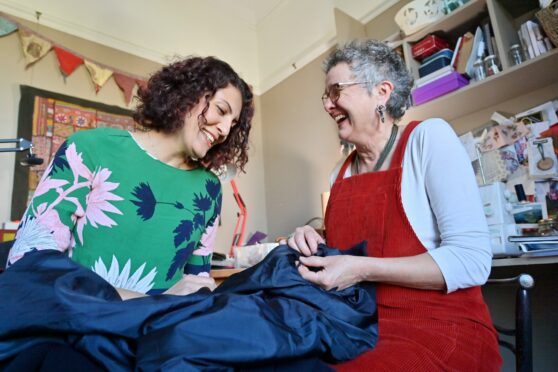
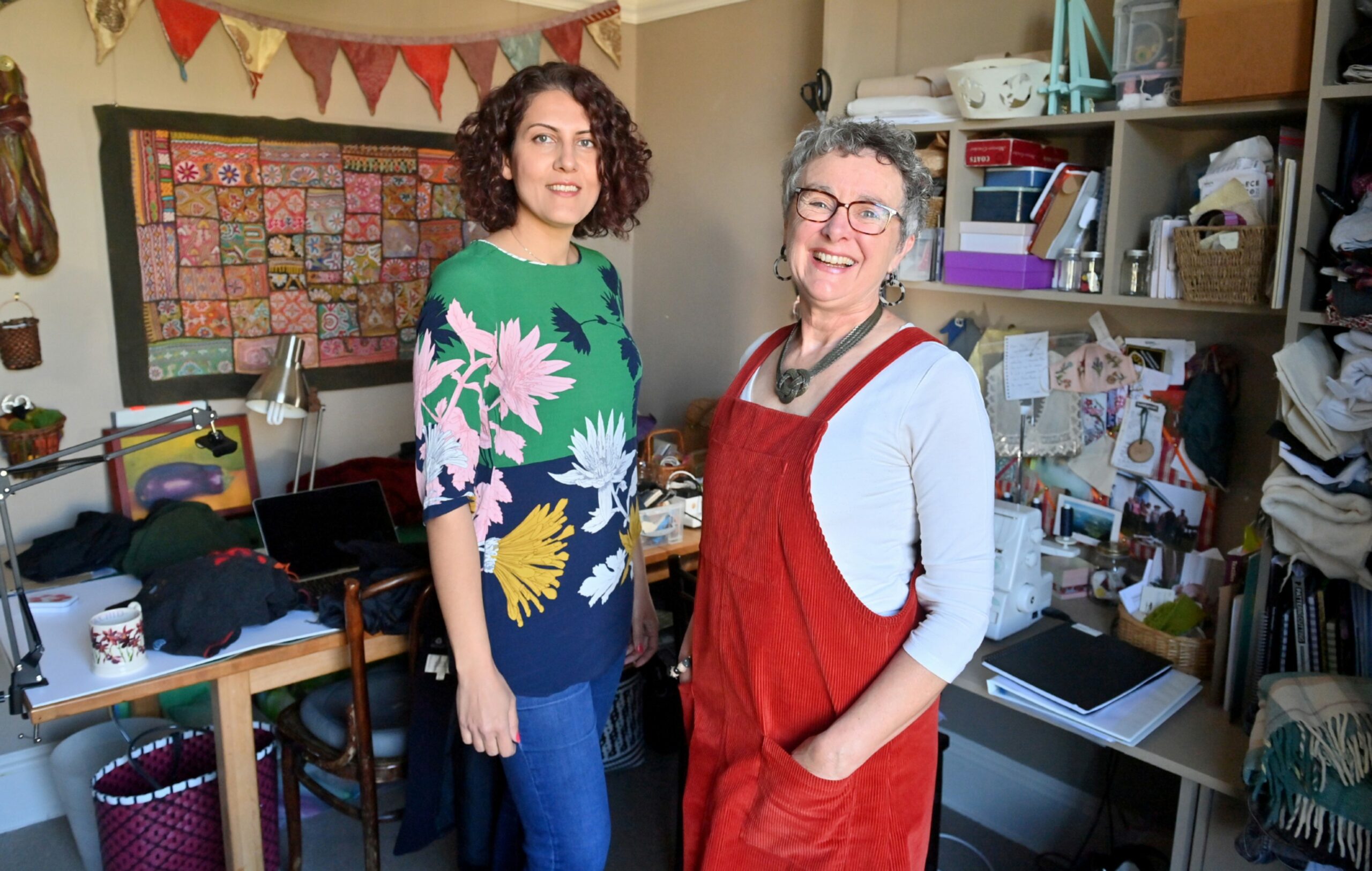
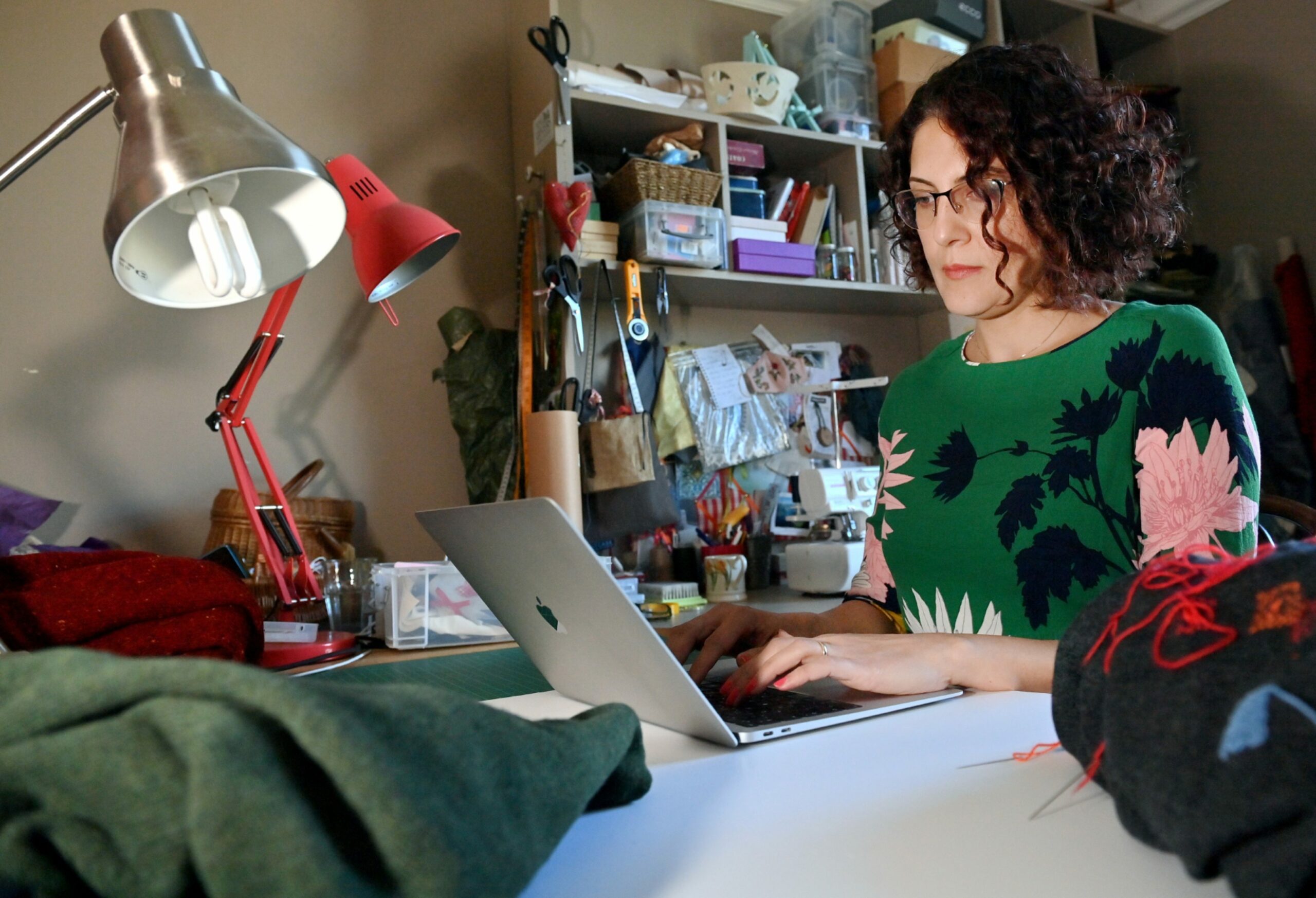
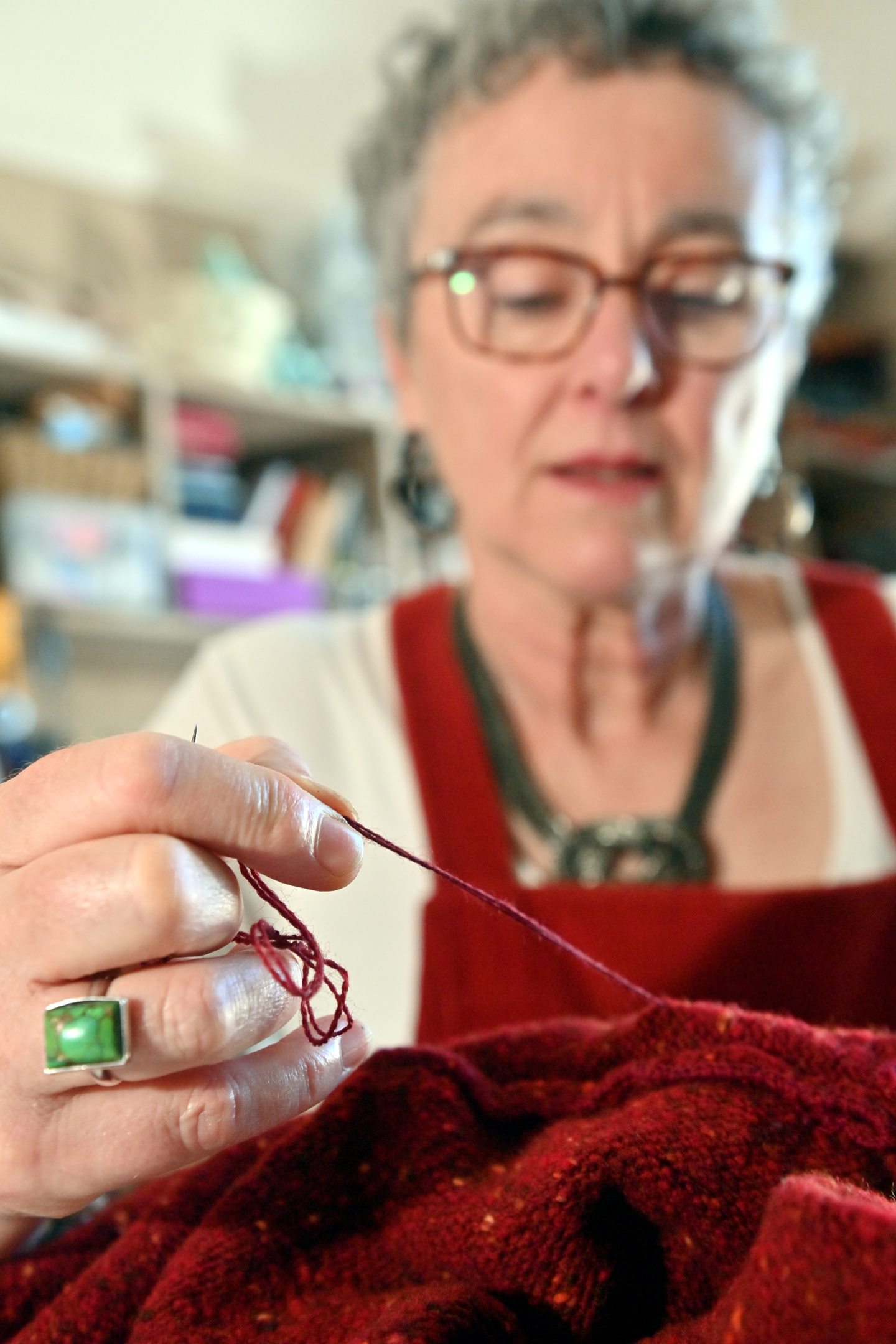

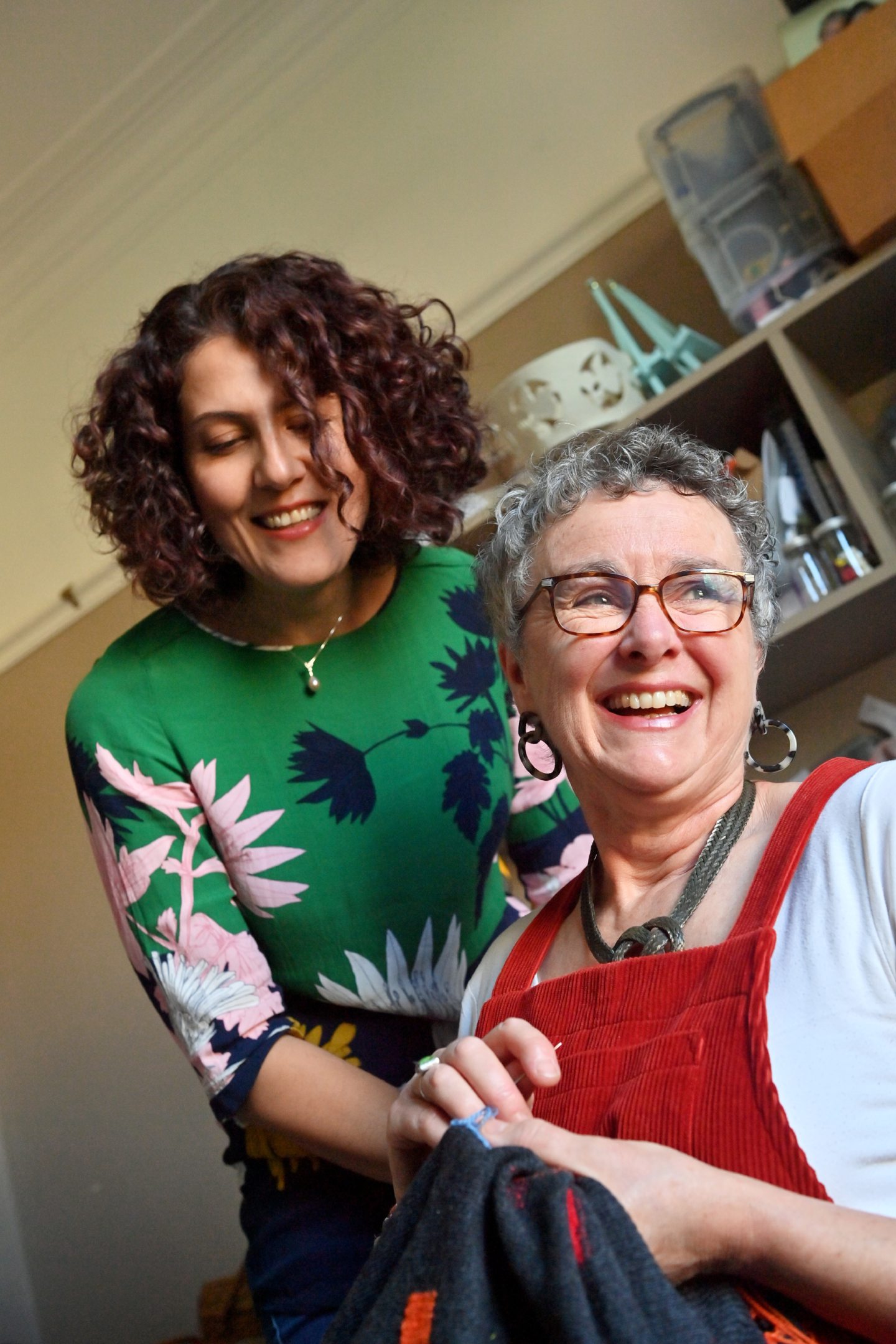
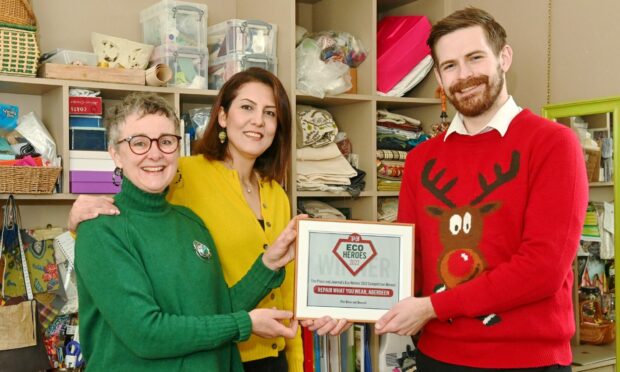
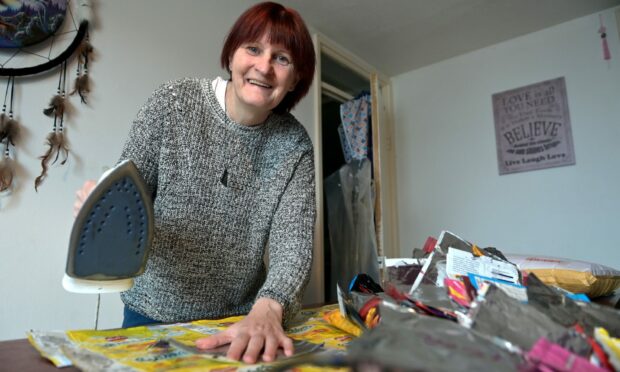
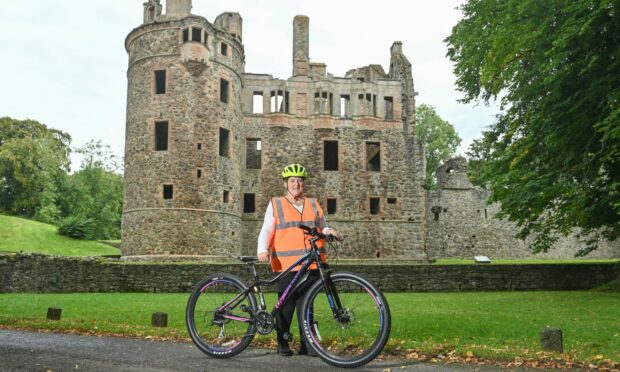
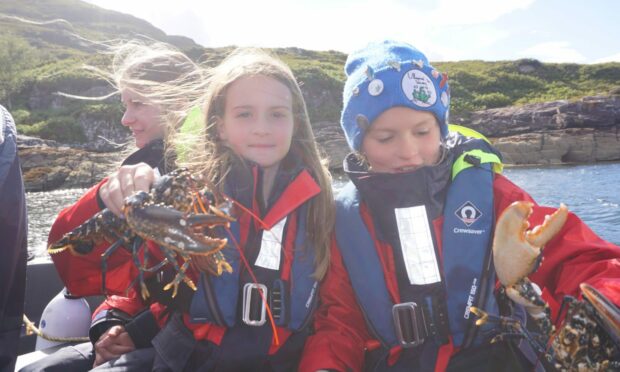
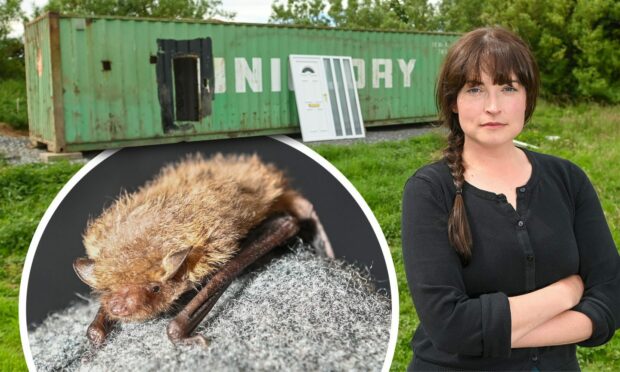
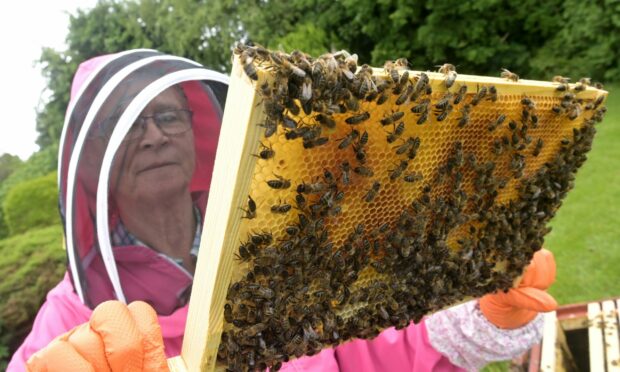
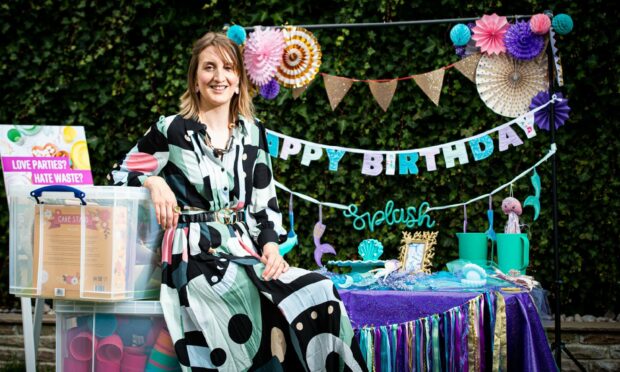
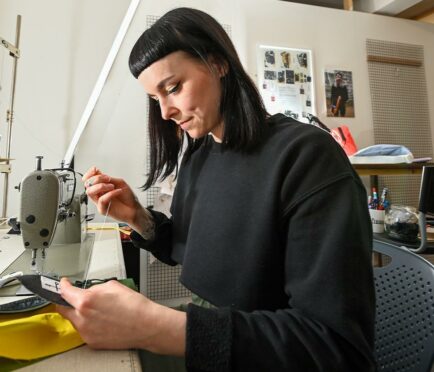
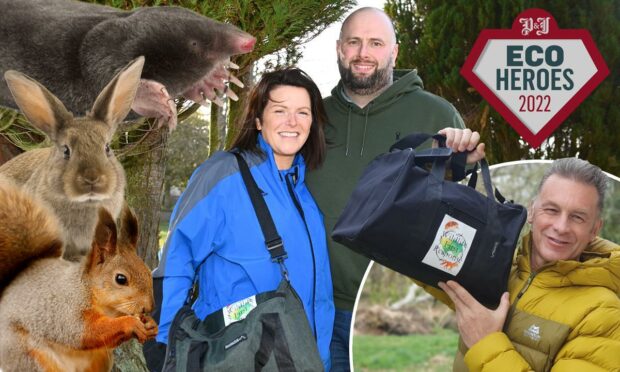
Conversation